
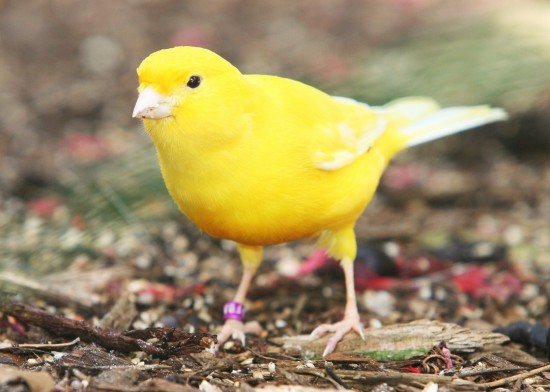
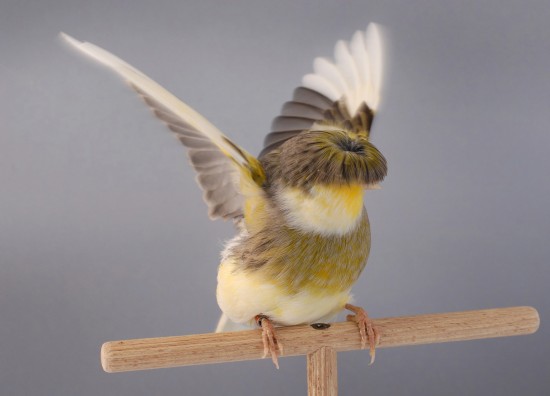
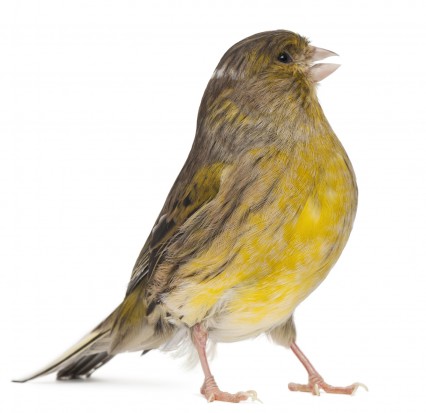
The canary is a small songbird who really does come from the Canary Islands, as well as the Azores and Madeira. They had been kept as pets since the 17th century when Spanish sailors brought them along on their travels around Europe. They became fashionable in the royal courts in England and were bred by monks, though only the singing male birds were sold.
Wild-type canaries, also known as the Atlantic Canary, are typically 10-14cm in length with a wingspan of 20-23cm.
Canaries are generally grouped into two sections; colourbred canaries who are bred to obtain a certain colouring and Type canaries which have a certain shape or size.
The canary is a finch related to British birds such as the greenfinch or chaffinch. As such, it is a seed eater primarily though it will eat other foods happily. Egg food is a special bird product which is always enjoyed along with greens such as kale or spinach, fruit such as apples or weeds such as dandelion and chickweed. If picking weeds from the wild, be careful they have not been sprayed with anything which could harm the birds.
Canaries can live happily in a cage, an indoor aviary right up to a large flight. Outside breeding season, they are not the most sociable of birds and will often bicker but without real malice. Lots of wings raised, beaks barred and shouting is involved but rarely actual injury. As breeding season grows nearer, many keepers separate off the sexes as the males can get enthusiastic before the females are interested which can lead to conflict. Often a divider is used which can be seen through which allows the male to sing to his hen and gain her attention without physical pressurising her.
A sign the female is ready to mate is when she accepts presents of food or nesting material from the male. She will build a nest, usually in a nesting pan, and he will bring her titbits to help. They like to use coconut or jute fibre, cotton wool, tissue paper or even discarded feathers to finish the nest.
Once a mating has occurred, the female lays around four or five eggs, one each day. She incubates the eggs for two weeks and rarely leaves the nest during this time, relying on the male to bring her food. The chicks hatch and are fed with soft food and sprouted seeds by the parents for about 18 days.
After chicks have fledged, or left the nest, sometimes the hen will be ready to breed again, and this may cause issues with the young birds. Breeders often replace the wire screen at this point which allows the parents to feed the young but keeps them safely apart.
Wild-type canaries are green, and most people will probably think of canaries as yellow but they come in a variety of different colours. Some of these colours are due to cross-breeding with other species while others are achieved with a specialised diet.
An example of this is the Red Factor canary. The red factor comes from Red Siskins in the genetic make-up and means that when the birds are fed special food which contains a red dye, it turns their feathers a brilliant orange or red shade. These highly prized birds need this food approaching each moult or otherwise, return to the original yellow or white colour. Red factor egg food or special drops for water are the common ways of achieving this, with no harm to the bird.
Other colours, such as white, are a natural mutation. White canaries come in two types; dominant and recessive white. Dominant white birds will have some faint yellow feathers on their body somewhere while recessive are purely white. Due to their genetic make-up, two dominant whites should not be bred together as they have a high chick mortality rate.
Type canaries come in a variety of colours but are defined by physical characteristic. For example, the Gloster canary comes in two types, one of which is called the Corona and has a crest. This funny looking arrangement of feathers on the head almost looks like a floppy Beatles hairstyle which occasionally needs trimming to birds can see where they are going! The opposite of the Corona is a Consort, which has no crest. Like the dominant whites, two Corona Glosters should not be bred together due to the high number of chick deaths. But the breeding of Corona and Consort can lead to both types in chicks.
Border canaries are one of the largest canaries while Irish Fancy are amongst the smallest. Fife canaries are probably one of the more common breeds and are hard to distinguish from wild type canaries. Norwich are another very large canary, noticeable from Borders due to their heavier feathering. Stafford canaries have crests like Glosters but tend to shorter and spikier.
There is a sub-group of Type Canaries called Song Canaries. While all male canaries will sing, these male birds have extra special songs, unique to their breed. They are often kept apart from other canaries as they can loose their special song otherwise. Breeds such as the Spanish Timbrado, German Roller and Waterslagger are all bred specifically for their song.
Due to their close relationship with British birds such as Greenfinches, canaries are used to breed mules. These are birds which look similar to their British parent, but have the song of the canary. The main downside with these birds is that they are nearly always infertile, so they are a pleasure to have but will not be able to produce a new generation.
Canaries are easy to keep and can be easy to breed, though this can change from bird to bird. They are simple to feed and will become quite tame in the right conditions using food to tempt them. Their singing is a pleasure and even the chatter of the hen is a lovely sound. A great little all round bird for beginner upwards.
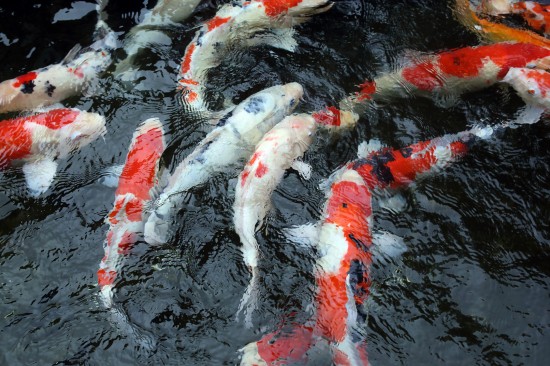 What Determines The Price Of Koi Carp - Plus Where To Buy Koi
What Determines T
What Determines The Price Of Koi Carp - Plus Where To Buy Koi
What Determines T
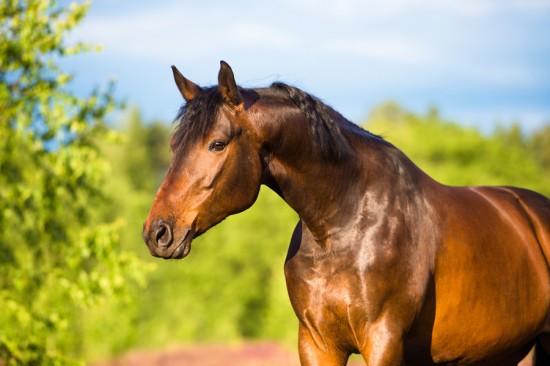 Clicker Training For Horses - How Well Does It Work?
Clicker Training
Clicker Training For Horses - How Well Does It Work?
Clicker Training
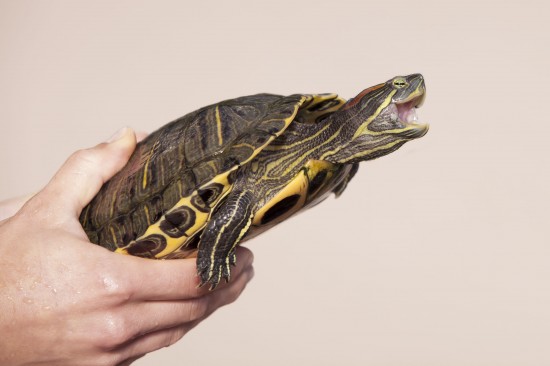 2 Conditions That Affect A Turtles Beak
2 Conditions That
2 Conditions That Affect A Turtles Beak
2 Conditions That
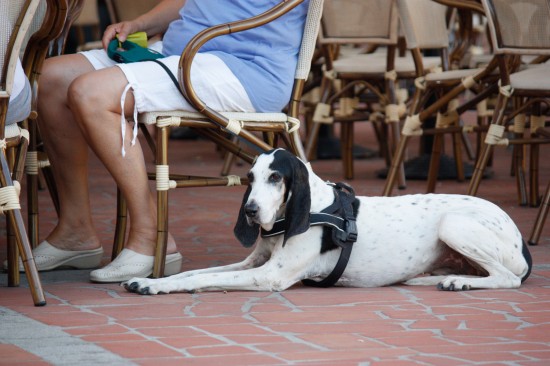 Dog Friendly Restaurants & Other Eateries In & Around London
Dog Friendly Rest
Dog Friendly Restaurants & Other Eateries In & Around London
Dog Friendly Rest
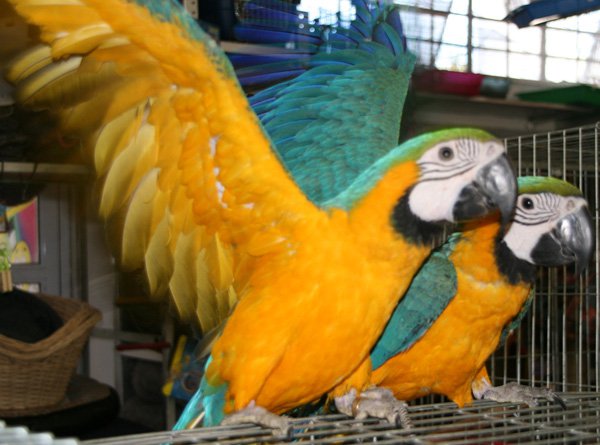 How To Pick The Right Online Store To Buy Pet Supplies
How To Pick The Right Online Store To Buy Pet Supplies
How To Pick The Right Online Store To Buy Pet Supplies
How To Pick The Right Online Store To Buy Pet Supplies
Copyright © 2005-2016 Pet Information All Rights Reserved
Contact us: www162date@outlook.com